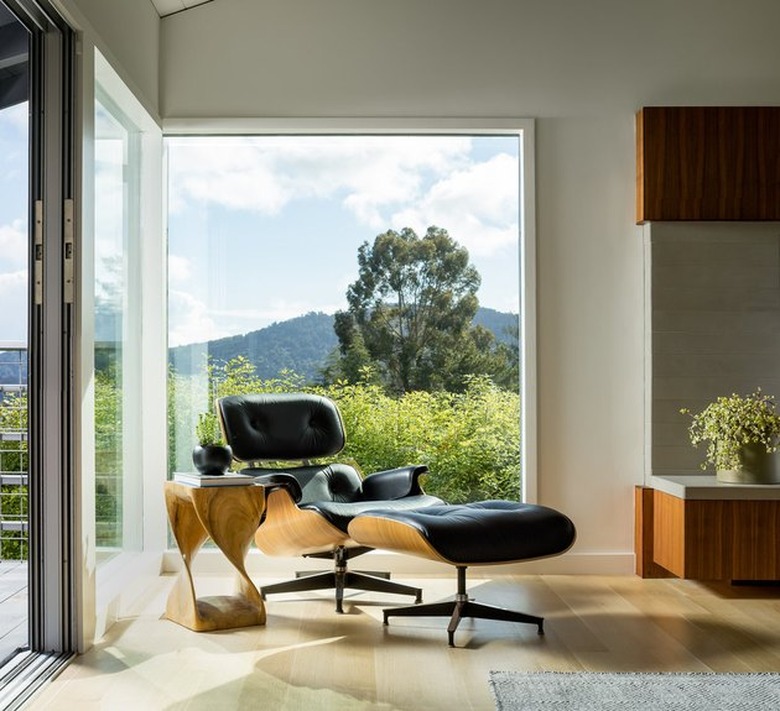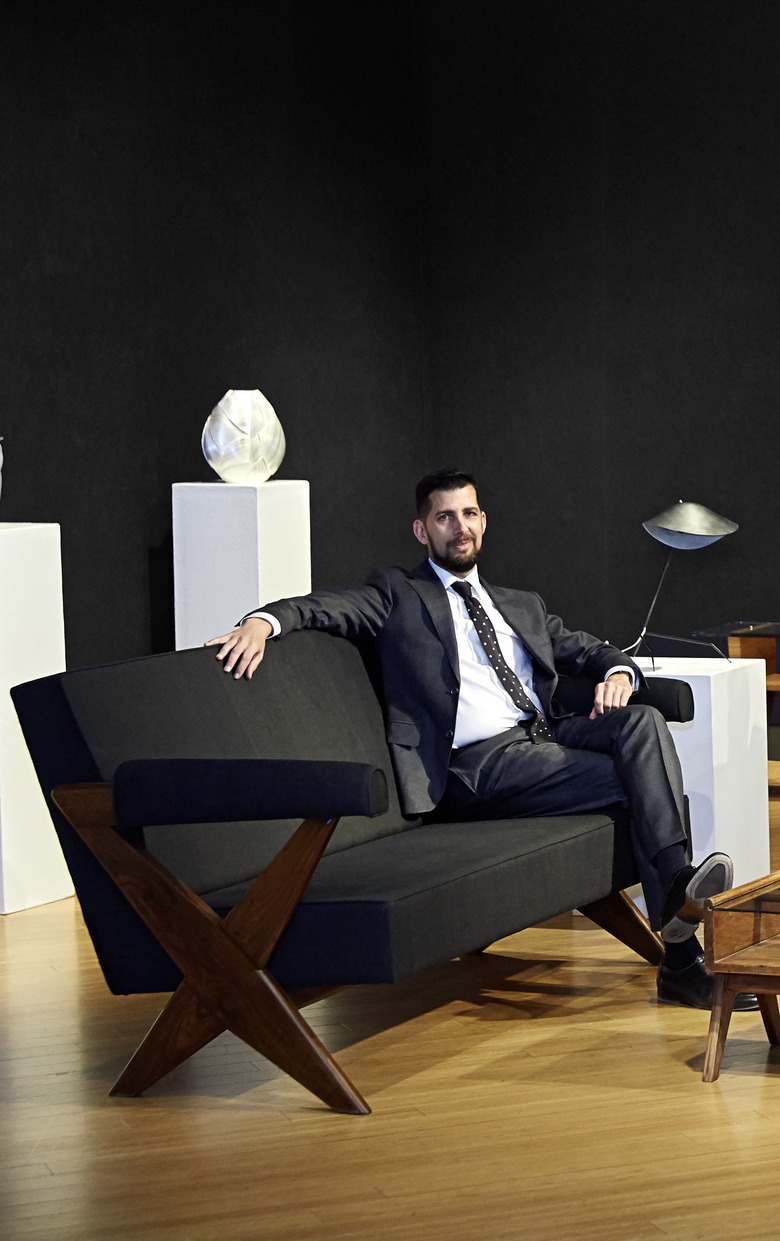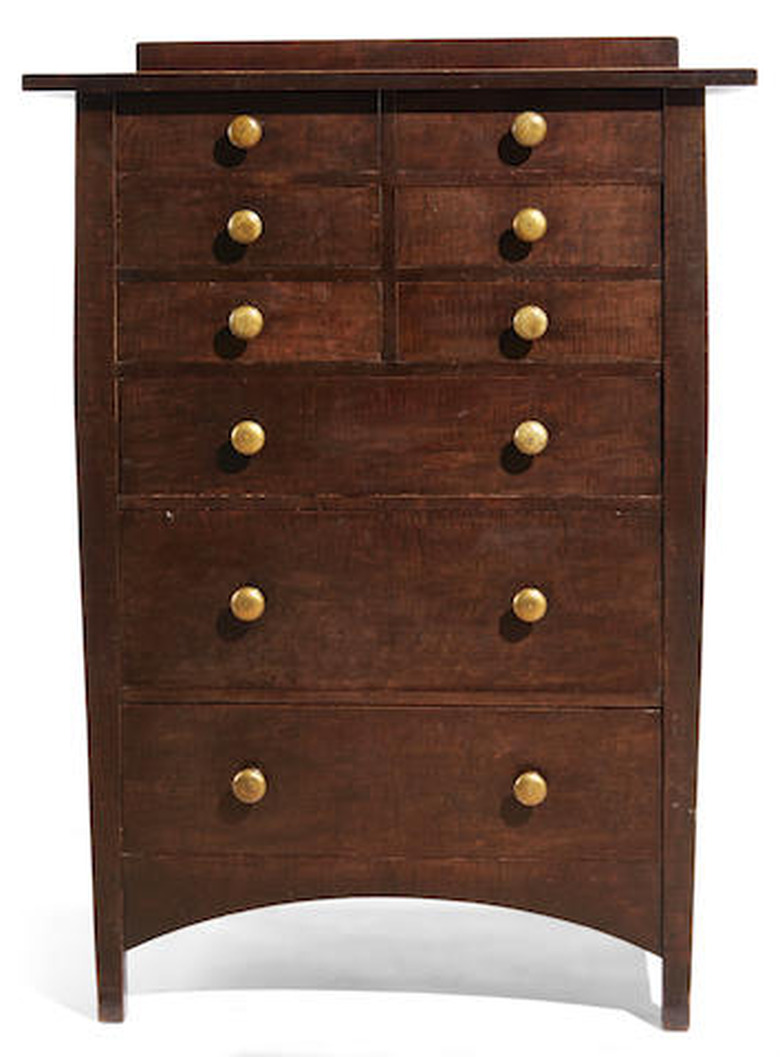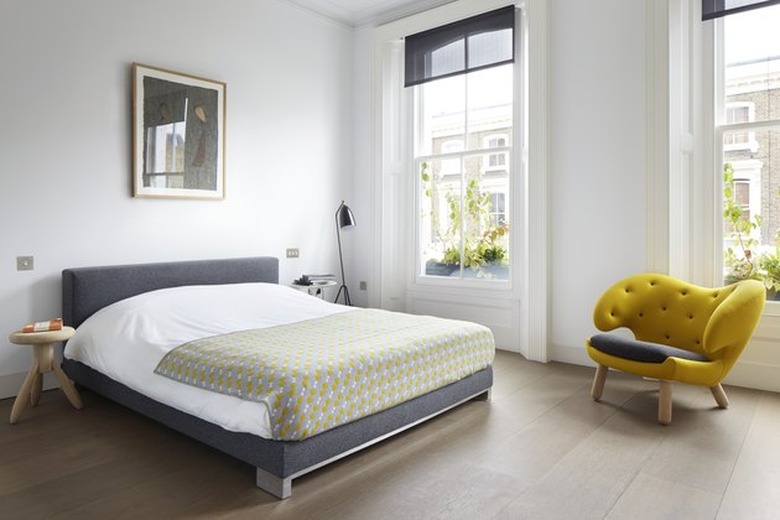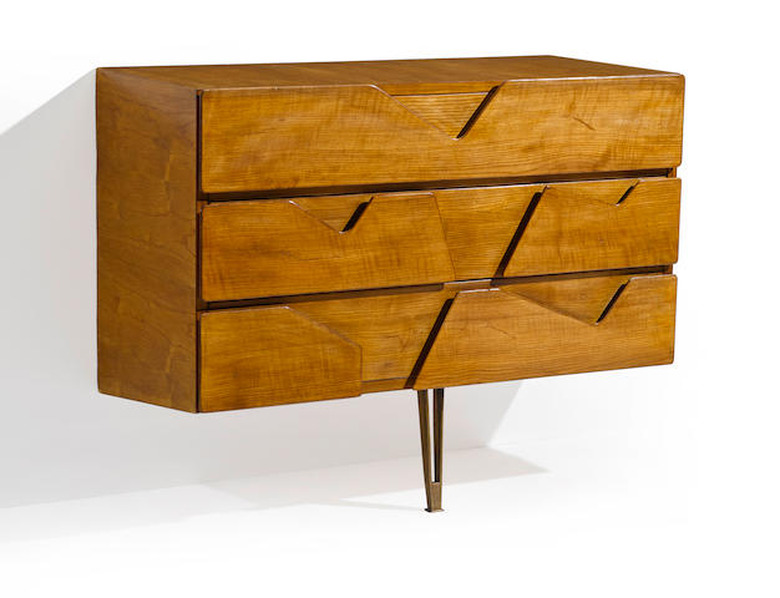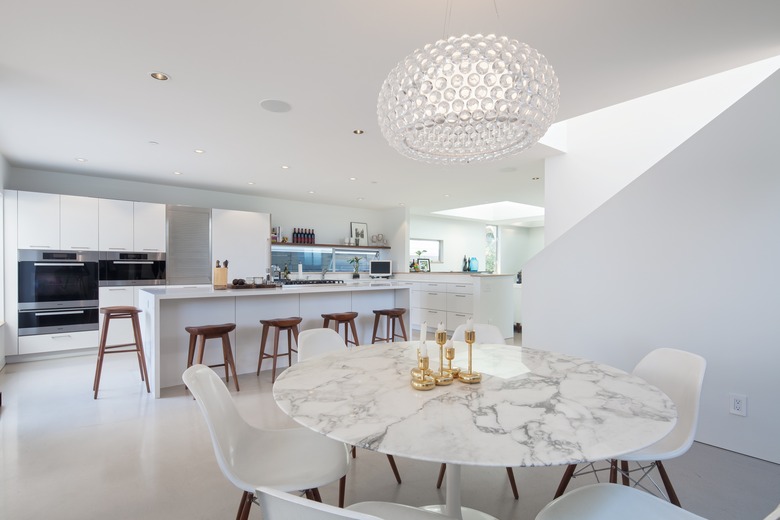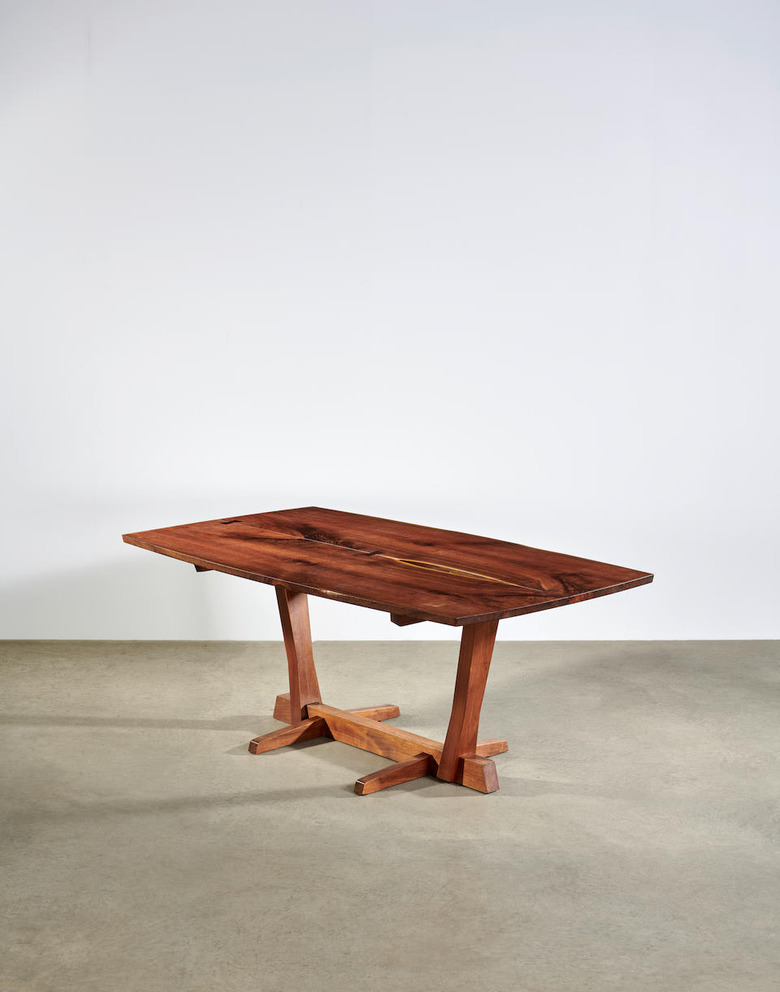Beginner's Guide To Investing In Collectible Furniture
There is joy in collecting. Many of us started collecting when we were young — from rocks and toys to comics and stickers. Remember how fun it was to trade some of those items with friends or sell them at yard sales? As adults, we now know such a hobby (or career) can be very lucrative: the secondary sneaker market is worth $2 billion, vintage concert T-shirts can run in the thousand-dollar price range, and even first-generation Beanie Babies have sold in the tens of thousands of dollars. The market for collectible furniture is huge; the online sales of antiques and collectibles is estimated to be worth $1.5 billion.
Want a piece of the collectible-furniture action, but don't know where to start? Let's begin with a piece of wisdom from a design icon: "What works good is better than what looks good, because what works good lasts," said Ray Eames. This belief informed the work of her and her husband, Charles, whose furniture has stood the test of time, both in their durability and aesthetic appeal. This is why you'll find many Eames pieces in our home tours — they're great investments, whether to pass along to the next generation or to sell for a profit.
But there's much more to investing in collectible furniture than buying a specific era or name designers. We turned to Jason Stein, Director of Modern Decorative Art + Design at Bonhams Los Angeles — whose clientele includes private collectors, gallerists, institutions, advisors, and interior designers — to share his tips for beginners.
Hunker: What do you think is the biggest misconception about investing in collectible furniture?
Jason Stein: Just because a piece of furniture can be expensive in an amazing setting, it is not always valuable after leaving that context. Therefore, it is important to do your homework before transacting. I often compare the prices in various shops for similar pieces by the same maker. Also, I check auction prices realized to see if and how they vary from the primary market.
Hunker: Are there particular items that you've seen consistent interest in — and grown in value — over the last decade, or that you foresee trending in the next few years?
JS: One area of collecting that I have seen on the ascent in recent auctions is Arts & Crafts era (early 20th century) furniture, lighting and objects.
Hunker: What are five things you consider when evaluating the value of a piece?
JS: Is the piece signed? Is the work visually appealing? How rare is the item? What's the size of the piece? What condition is it in?
Hunker: What tips do you have on collecting on a budget?
JS: Buying at auction is a great way to form a collection, as many pieces are much more accessible in price than you would have imagined. Also, it is great to own pieces that have proven records of sale in the secondary market.
Hunker: Is there anything that is a sure thing?
JS: We consistently see highly impressive prices at auction for pieces by makers/designers such as Frank Lloyd Wright, Finn Juhl, Gio Ponti, George Nakashima, and Lalanne.
Hunker: What are good sources to track the value of a piece of furnitures?
JS: Databases such as Live Auctioneers and Invaluable are very helpful in tracking the value of a piece of furniture. Also, one can go on an auction-house website and search the name of a furniture maker to see if any records of sale are available.
Hunker: For someone just looking to make in the hundreds of dollars price range with their investments, can you suggest starter items?
JS: Good starter items are often those that have a great design/form, but are by anonymous makers. Also, iconic works of Design by Eames, Le Corbusier, Mies van der Rohe, Saarinen, Platner and others tend to be a good value at auction compared to retail.
Hunker: Do you recommend getting pieces insured as someone builds their collection?
JS: It all depends on the value of the pieces that you are acquiring. If the works are highly valuable, I would suggest speaking with your insurance agent about taking out a rider for certain items. As the collection becomes more serious, I would move on to looking at companies that specialize in art insurance coverage. I would speak to your existing broker for their recommendations.
Hunker: When do you know it's a good time to sell?
JS: A good time to sell is when you see prices rising significantly for pieces by a furniture designer/maker that you have collected.
